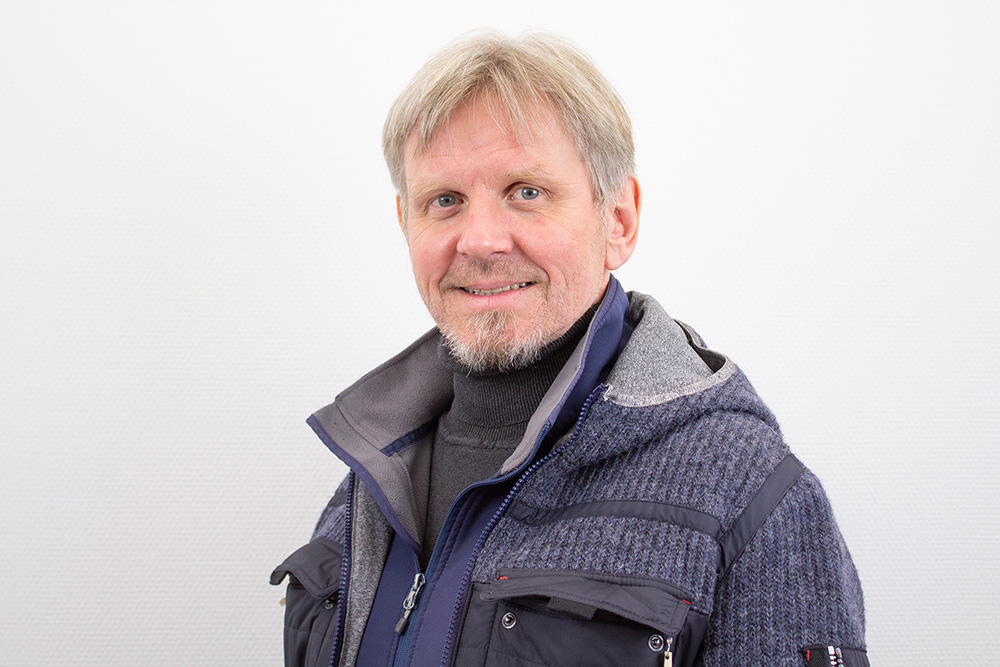
Prof. Dr. Raimund Brotsack, Dipl.-chem.
- Renewable Energies
- Energy storage
- Power to Gas with methanization
- Bio-hydrogen
- Methane-pyrolysis
Professor
Head of Industrial Engineering; Head of Chemistry Laboratory ECRI, Head of reserach team “Green Gases” at the Technology Center Energy (Cooperation THD with HAW Landshut: https://www.haw-landshut.de/forschungseinrichtungen/technologiezentren/technologiezentrum-energie/labore/labor-fuer-gruene-gase) Promotionsverbundkolleg Life Science and Green technologies - Member of the Management Board (https://life-sciences.baywiss.de/)
projects
DanuP-2-Gas (https://danup2gas.eu/info/project)
labs
Labor chemistry ECRI / Laboratory and pilot plant for microbiological methanisation at the Technology Centre Energy
core competencies
Energy storage
- Power to Gas
- biological methanisation
- bio-hydrogen